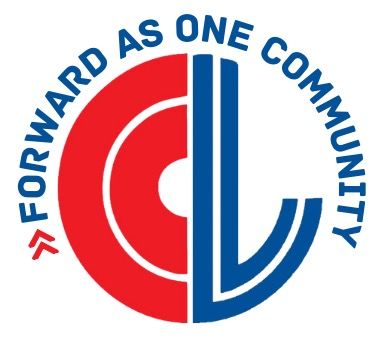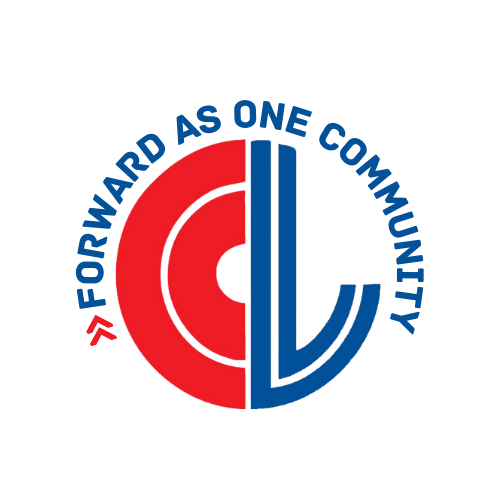518 Shawnee St. Leavenworth, KS 66048
Level Up Your Holiday Game: Attracting Gen Z
This year, there are approximately 69.31 million Generation Zers living in the United States, which constitutes about 20% of the U.S. population. Their generational cohort is between the ages of 12-27, making them a target market for many small businesses. If you’re one of those businesses and you’re looking for ways to become one of their favorite places, you need to focus on who they are, what they want (it’s all about the vibe), and creating a scene they want to be a part of.
As you would expect, that begins with content.
Engaging Content Creation
Focus on fave platforms with their age group (sorry, Facebook. You’re pretty cringe these days). Instagram and TikTok should be your focus as 49% of Gen Zers have made purchases off of TikTok.
Marketers used to claim that social media was all about helping people get to know you and that you needed to build that relationship to get the sale. These days, with short-form video content, impulse buys are living large. Speaking of…
Video
To make the most of this trend, create engaging, interactive content that showcases your products in a fun and relatable way. Short videos, behind-the-scenes looks, and user-generated content can draw attention and foster engagement. Don’t be afraid to get goofy or work with an influencer (more about that later).
Learn how you can sell from TikTok and Reels. Gen Z spends a lot of time on these platforms. It’s not difficult to get them to open their wallets.
Interactive Campaigns
Organize contests or challenges that encourage audience participation. Ask customers to share holiday-themed photos using your products (or set up photo ops at your business along with a suggested hashtag), offering attractive prizes to boost participation and visibility.
Targeted Promotions
Create urgency through exclusive holiday deals or discounts available for a short period. This encourages quick purchasing decisions among young consumers who often respond well to time-sensitive promotions.
Promote gift cards as a convenient option for holiday shopping. They love getting and giving them, unlike some of the older generations that want to find the “perfect gift” to have something for the recipient to unwrap.
Offer discounts or bonuses on future purchases when customers buy gift cards to make them even more appealing.
Your Business Vibe
If you have a brick-and-mortar business, it’s incredibly important that you make it appealing to their sensibilities. Again, it’s all about the vibe. This generation is sensitive to how things look, smell, and feel. They carefully curate their lives on social media. (They watch videos on how to stand as a couple to create the cutest pictures, for Pete’s sake.)
If you have the budget, bring in a Gen Z stylist/stager. If you don’t have the money, ask your favorite Gen Zer to help. You’ll be amazed at how the smallest detail makes a difference and how the wrong color furniture can throw off the whole scene (We were going to use vibe here again, but as they would say, “That’s a lot.”)
Community Engagement and Doing Good
Participate in community events and/or sponsor local festivities. This enhances your visibility. Plus, it builds a sense of community around your brand, which is appealing to younger consumers who value local connections.
Align your business with a charitable cause during the holiday season. Young adults often appreciate brands that give back, so consider running campaigns that contribute to local charities or promote social causes.
Don’t forget to speak to what you’re doing for the environment. The holidays can be a time of mass consumption. Offering cool reusable bags instead of gift wrapping can bring a smile to a Gen Zer’s face.
Additionally, come out strong with the small business message. These young adults are cause-oriented, and they want to feel good about their purchases. Talk Small Business Season and why supporting small business is important, especially this time of year. This cohort is often raising money for their own causes. Telling them that it’s small business that helps their sports teams, band fundraising, and other interests is a good way to drive purchases.
Email and Content Marketing
Use email marketing to reach out to your existing customer base with tailored messages highlighting holiday promotions. Segment your audience based on their preferences for more effective communication. Consider text promotions too. Gen Z doesn’t mind giving out their phone number.
Develop high-quality content that addresses the needs and interests of young adults. This could include blogs, videos, or infographics that provide value beyond just selling products. Remember, they regularly turn to YouTube for help. What informational videos can you use to become a go-to for them?
Influencer Collaborations
Collaborate with influencers who resonate with your target demographic. Authentic endorsements from trusted figures can significantly enhance brand awareness and credibility among young adults. It also helps establish the cool factor (or whatever the word for cool is these days).
If you want to capture the hearts and wallets of young adults this holiday season, you need to meet them where they are and that’s short-form video. Everything else is icing.
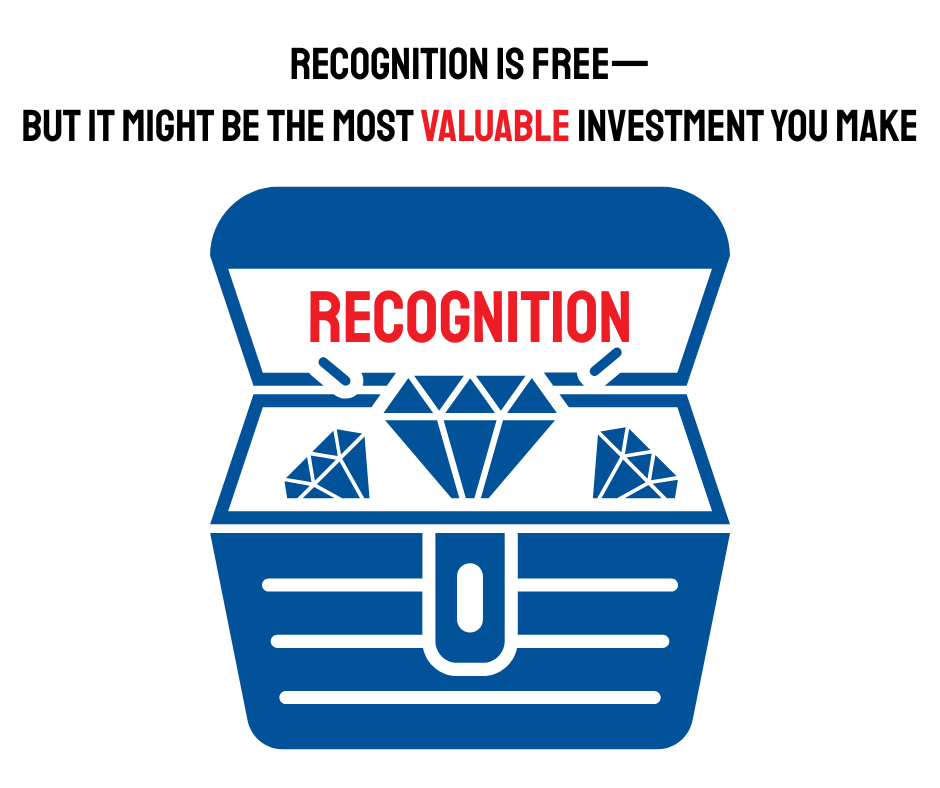
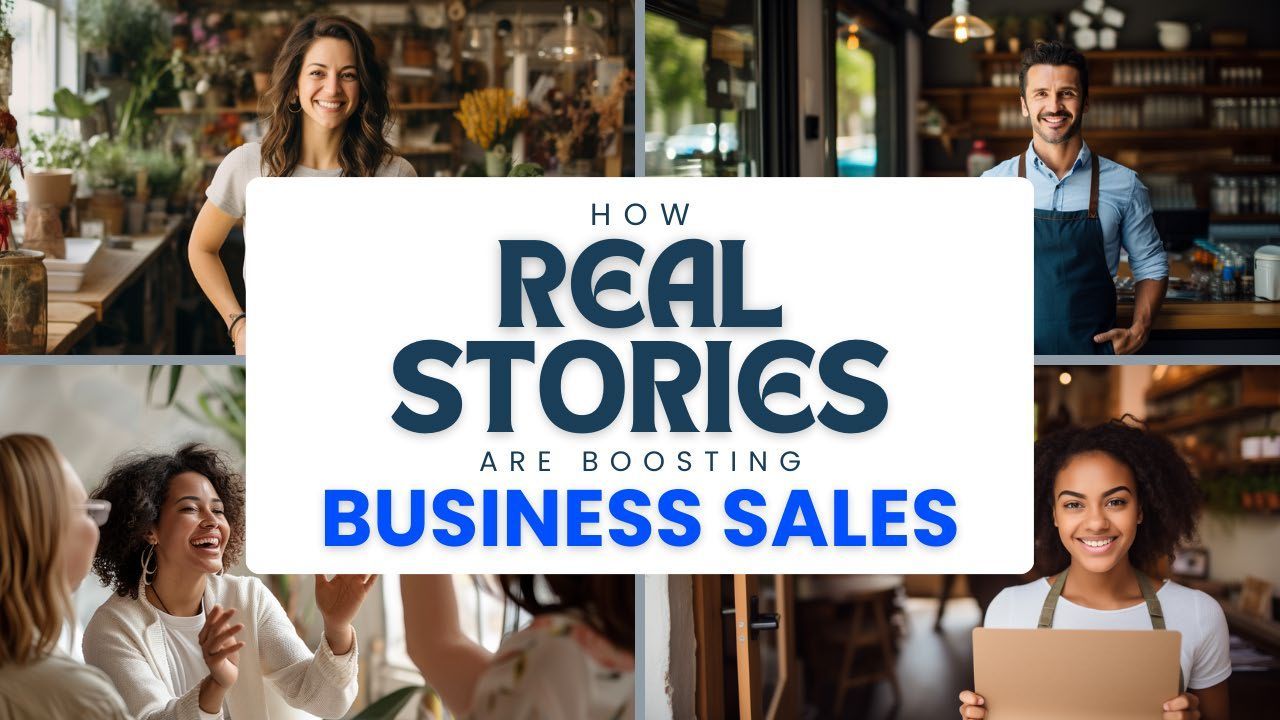
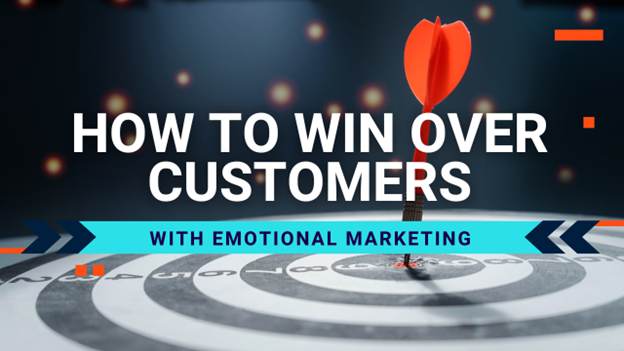
Leavenworth-Lansing Chamber of Commerce . All Rights Reserved
